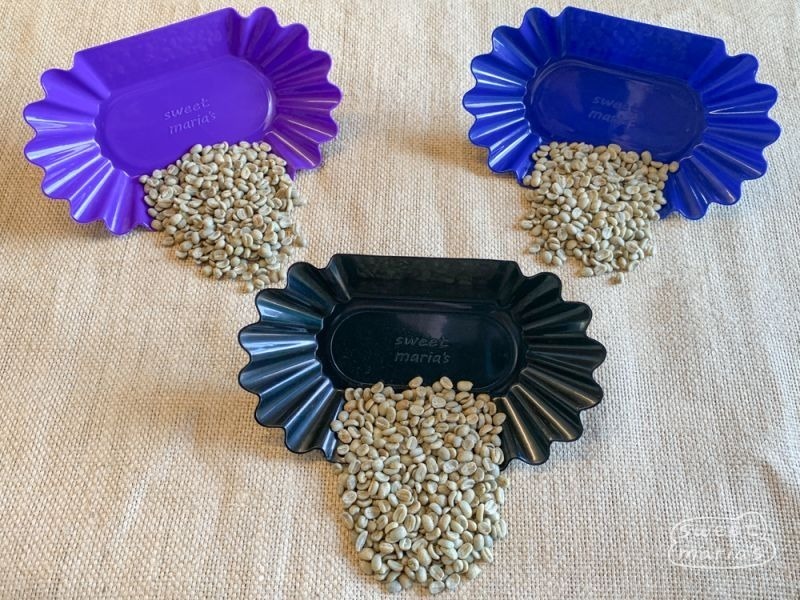A Simple Guide on Working of Flow Sensors
738
0
·
2020/12/28
·
2 mins read
☕
WriterShelf™ is a unique multiple pen name blogging and forum platform. Protect relationships and your privacy. Take your writing in new directions. ** Join WriterShelf**
WriterShelf™ is an open writing platform. The views, information and opinions in this article are those of the author.
Article info
Categories:
⟩
⟩
Tags:
Date:
Published: 2020/12/28 - Updated: 2021/01/03
Total: 441 words
Like
or Dislike
More from this author
More to explore









A flow sensor or flow meter is an instrument used to measure or control flow in a pipe. Flow sensors make use of both mechanical and electrical subsystems to measure the difference in fluid flow. Measuring the flow of liquids depends on the type of fluids being measured.
Flow sensors are essential in flow measurement. They are used in vehicle fuel systems, water and gas distribution systems. So, when going for these flow sensors, always choose well. Do your research and consult with the experts. Doing this will enable you to get accurate results.
There are many types of flow sensors in the market. Each sensor works differently. Always make sure to use flow sensors where they are supposed to be used. In this article, we will look at the two most popular flow sensors and their applications.
Thermal Mass Flow Sensors
Thermal mass flow sensors are mostly used in gaseous applications such as semiconductor making. They are also used in low-flow and high-accuracy applications. Thermal flow sensors use the thermal properties of fluids to determine the flow of liquids in the pipe.
This flow sensor type has two necessary arrangements. Both of these arrangements depend on whether the liquid can take in the heat energy. It also depends on whether it can measure the amount of power in the fluid.
In the first order, a thermal element and thermal sensor work together. Working together helps the sensors determine the amount of energy the liquid can take when it flows through a heating element and a thermal sensor.
In method two, one heating element operates to keep the temperature at a stable level. To calculate the mass flow, you will have to determine the heating element's amount of energy to maintain itself at a constant temperature.
The fluid speed in both methods is directly proportional to the energy it can take in. If the liquid is slow, more time will be taken for the power to be transferred to the heating element. And vice versa.
Differential Pressure Flow Sensors
These flow sensors are used to determine the pressure of the liquid. These flow sensors measure pressure at two varying speeds. They also maintain the density of the fluid. All differential sensors have different degrees of accuracy. These flow sensors are known to be the most popular flow sensors. The popularity is due to their accuracy and adaptability.
Conclusion
Flow sensors are essential in flow measurement. So, it is always good to understand how they work. Also, make sure you go for the sensors that measure accuracy well. When going for these flow sensors, please consult with the expert and make sure they are well installed.